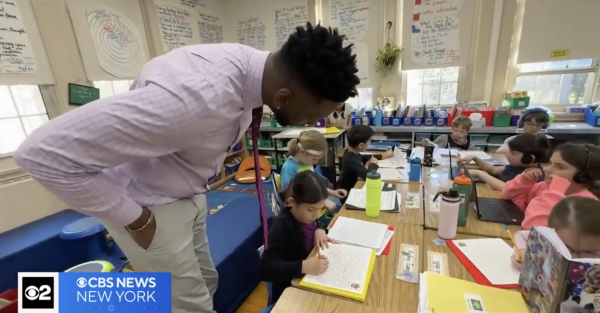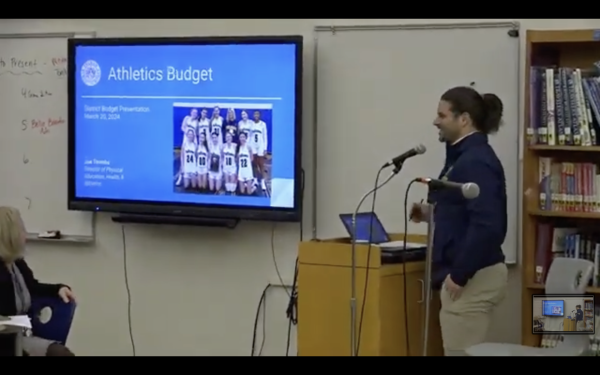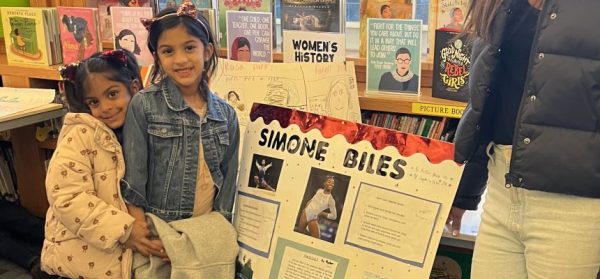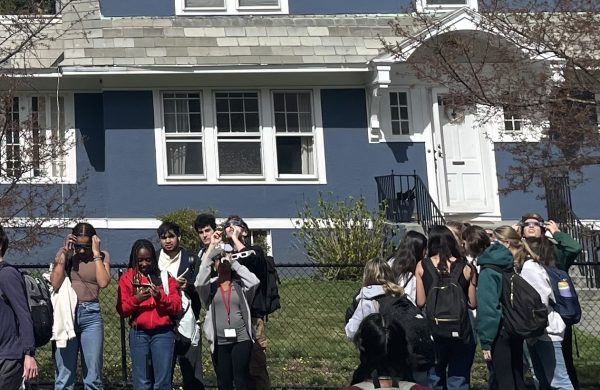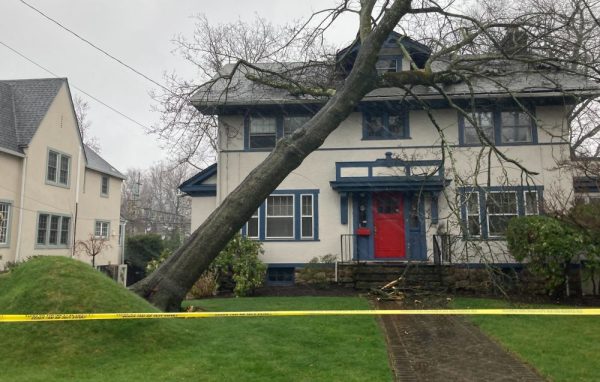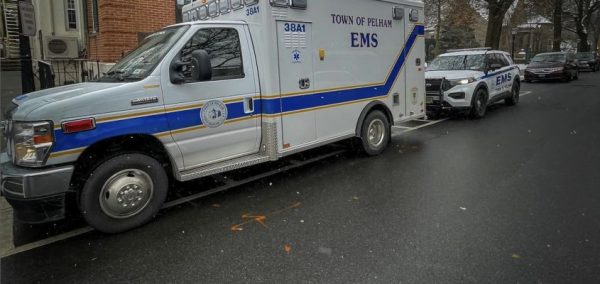Elementary distance learning: Students mostly positive, differ on how challenging work is
Some Pelham elementary students like the lighter workload of virtual school, while others are worried about running out of books or said certain subjects weren’t challenging enough.
With schools closed by the state through April 10, virtual learning started Wednesday and was accessed through a Google Doc, a collection of links that lead to worksheets and packets. Studies are focused on math, writing and reading. Each assignment is labeled by day and subject, and students can have their parents print out their worksheets, or copy down their questions in a notebook or on a piece of scrap paper. Some work is also posted by teachers to Google Classroom.
Elementary students have opportunities to talk to their teachers and their classmates live; each class in each school has specific time slots to do so.
There appear to be some hiccups with that part of the program. “We know that the office hours for elementary specials classes present particular challenges due to the sheer volume of students involved and ask for extra patience as we work out the kinks in those areas,” said Superintendent of Schools Dr. Cheryl Champ in her Monday email.
Dr. Steven Garcia, assistant superintendent for curriculum, described the program in an email last week as “a collection of learning experiences for students grades K-12 while our schools remain closed.” Distance Learning is not online school, but rather serves to “represent our best efforts to sustain learning during this challenging period.”
Sloane, a fourth grader at Siwanoy School, said she prefers online learning to traditional school because “you can do it at your house. Also, there is less work.”
The elementary students are assigned a couple math pages every day, which vary in difficulty. Also available are suggestions on challenge packets and collections of problems that are worth extra credit and lists of additional websites to work on in spare time. Websites like IXL, Raz kids, Discovery Education and Scholastic are integral to the program as well.
“Distance Learning has given me a pretty well rounded educational experience because we’ve done a lot of different subjects,” said Brooks Horten, a second grader at Colonial School. “I sort of wish that the math sheets were more challenging, though.” Brooks is in Kathleen Dragan’s second grade class and said he “misses school a little bit. I miss recess. I don’t miss my friends because I can see them on FaceTime. I liked the online meeting. It was nice to see my teacher, Mrs. Dragan, again. She read us a book.”
According to Laura Pelin, a fourth grade teacher at Siwanoy, “The elementary staff has been giving 100% to ensure remote learning fits the needs of our students and their families, as this is a new territory for everyone. Teachers miss seeing their students and being at school in their normal routines and are really hoping that everyone is well and able to work together to make this challenging time a productive one.”
Julian Sznip, a fourth grader at Hutchinson School, said the reading assignments are “challenging enough because they are similar to the lessons we’re given in class. Most of the principles we’re taught in class are included in our reading assignments, because we have writing prompts that align with the principles. One thing I would change about the reading assignments is that I would rather be assigned specific books or stories because right now we can read whatever we want, and it’s difficult to keep finding something new to read.”
Emily Dougherty, a fourth grader at Siwanoy, said the math assignments are “a little too challenging. I struggled with many of the problems because we had not really learned or reviewed any of the information. Specifically, the decimals portion was difficult because we never went over decimals in class.”
On the other hand, she said the writing assignments aren’t difficult enough. “There was not enough guidance and we were told to free write, which didn’t make it challenging at all. In school, we are learning about main ideas and practicing essays, but the writing we were given was not related to that. The writing we were given was more aligned with our third grade lessons, not fourth grade. It would make more sense if the writing assignments were related to what we are being taught in school.”
Each grade’s writing and reading assignments are as follows:
- Kindergarten and first grade must read for 20 minutes a day, track their reading in a reading log and respond to it once a week. The two grades are also required to write 20 minutes daily.
- Second and third grade are required to read for 30 minutes a day, keep track of their reading in their reading log, and respond using suggested prompts twice a week. They also must write 30 minutes per day.
- Fourth and fifth grades’ assignment include reading for 40 minutes a day, citing their reading in their reading log, and responding to it two times a week. They must write for at least 40 minutes every day.
My name is Charlotte Cohn, and I am a tenth-grader at Pelham Memorial High School. I love writing, listening to music, and dancing. I have been writing...
Evan Kaplan is a seventh grader at Pelham Middle school. He has many academic interests and aspirations, including being a staff reporter for the Pelham...






